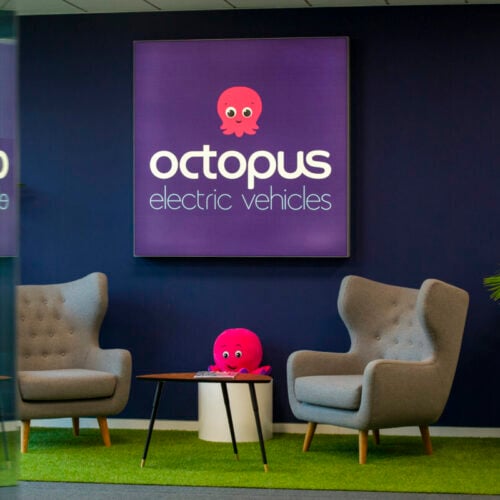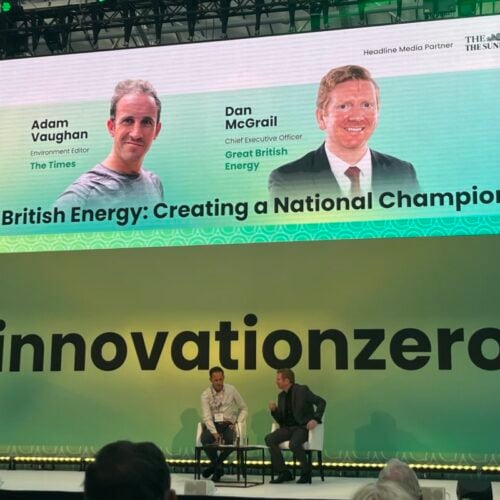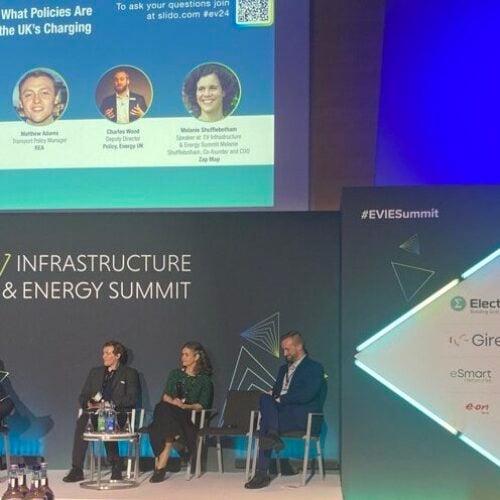Current±’s publisher, Solar Media, is set to host the 2024 edition of its EV Infrastructure and Energy Summit at Novotel London West on 1-2 October, 2024. The Summit offers a comprehensive guide to navigating the complexities of EV charging and energy systems essential for driving the EV transition forward.
In the build-up to the event, Current±, as the event’s editorial partner, will be holding a series of Q&As exploring some of the key discussions from the event, what to expect and some of the growth opportunities within the UK’s EV market.
In the series’ second article, Current± speaks to Peter Long, project manager at Community Energy Scotland, on what the organisation hopes to achieve from the event and how the new Labour government could spark a new era for community energy.
What are you most looking forward to at Solar Media’s upcoming EV Infrastructure and Energy Summit 2024?
Community Energy Scotland’s ability to support community groups across Scotland make the transition towards a just net zero future relies upon keeping up to date with the developing technologies that can enable this.
Attending events such as the EV Infrastructure and Energy Summit this year will provide access to two days of information-dense presentations across a wide variety of topics. It will also provide access to the developers and policy makers who are guiding those technologies that can be available to communities.
Learning from others and sharing the experiences of Community Energy Scotland members across Scotland will hopefully get more people thinking about a wider range of barriers and opportunities than they are already considering in the transition to EVs.
What are some of the opportunities in the current market? Also, where are some challenges preventing the wider adoption of EVs?
The opportunities in the current EV market, relevant to the communities Community Energy Scotland work every day with, are around the how EV can enable community anchor organisations to take control of their transport and their impact.
For example, the empowerment that comes from being able to fuel their community transport vehicle(s) with power from roof-mounted solar panels, the ability to run a modern bus service on islands that no longer have petrol stations; in the near future, the ability to earn revenue and support in the balancing of grid connections through smart vehicle to grid (V2G) chargers; and, the demonstration of the capacity and superior driving experience of electrified transport.
Some of the barriers to preventing wider adoption of EVs would be the reliability of EV chargers, the enforcement of the 99% availability requirements, the cost difference between domestic and public charging, reports on the increasing insurance rates for EVs, the ease of repairing EVs, and the steadfast backing of the government on national targets.
Labour was installed as the new government after the recent general election. What policies would you recommend they implement to support the growing EV market in the UK?
It would appear that charging stations within built up areas are progressing with little or no incentives. But rural areas need government support to either incentivise or force charger networks to also invest in areas outside towns and cities. If the government could introduce requirements to support rural communities with new reliable chargers through stipulations within all funding connected to charger installation and operation.
Community Energy Scotland also hopes that all aspects of Labour’s ‘Local Power Plan’ should be available across the whole of the UK, especially when it comes to grants and loans for community energy, which could be used in conjunction with EV chargers. New government, a new era for community energy?
Do you think the UK will reach its target of having 300,000 public chargepoints by 2030? Why is this?
I am confident the UK will hit this target. With Labour winning the election, there should be an increased focus on the transition to low-carbon transport. The rate of the deployment of chargers continues to grow exponentially.
Renewed confidence in the market for the push toward EVs will bolster the investment in more charging hubs nationwide. The installation of high-power charging hubs along the motorways and dual carriageways and in the cities and towns of the UK will make up a large part of the additional ~230,000 chargers needed.
Many of the initial chargers installed were funded by government funding and incentives, but the private sector is making a larger and larger proportion of the new charger deployment; with the correct backing from the government and policymakers, this trend will surely continue.
However, I do not believe the UK is currently on track to have an adequate rural network of chargers. Rural and island communities have little or no financial incentive for charger networks to invest in new charging stations. Additionally, there is little incentive to invest in the infrastructure to ensure a 99% availability of chargers in these areas.





